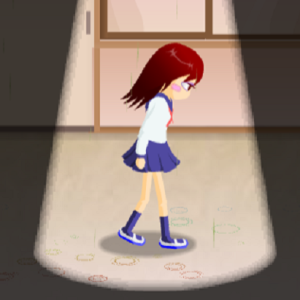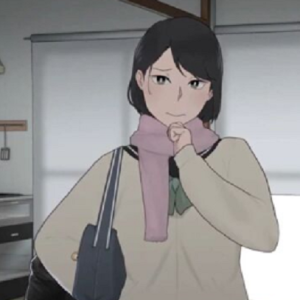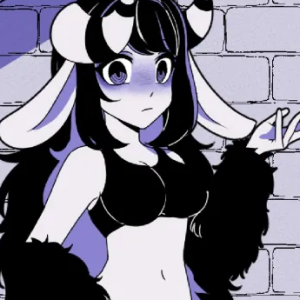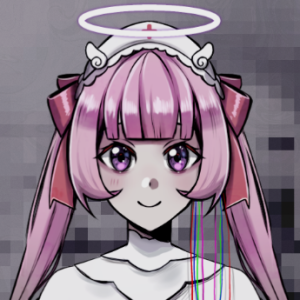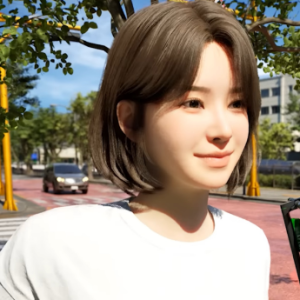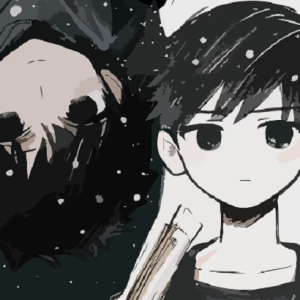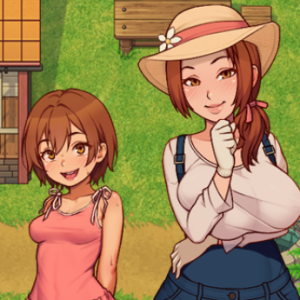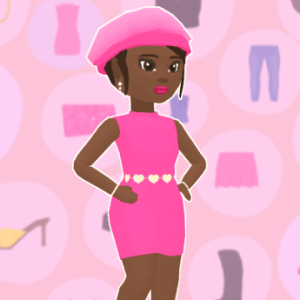Similiar games
Vortella’s Dress Up by Devortel is a browser-based customization game focused on clothing design and personal styling. The player works with the character Vortella, arranging outfits and accessories within a digital wardrobe interface. The game begins in a neutral studio environment where items can be selected, tested, and adjusted without time limits. Every choice contributes to the creation of a complete look, turning the activity into a structured process of assembling, organizing, and refining style combinations.
Gameplay And Interface
The game uses a straightforward system of selection and placement. Clothing and accessories are organized by category, and the player navigates through menus using a mouse or touchscreen. Each chosen element immediately appears on the model, allowing for direct comparison between combinations. Adjustments can be made by removing, replacing, or recoloring selected pieces. There are no points, timers, or progression gates; instead, the experience focuses on consistent experimentation through organized options.
Core Actions And Customization Loop
Vortella’s Dress Up follows a clear sequence of actions that defines its main structure:
- Select clothing items from the wardrobe, including tops, bottoms, and shoes
- Modify hair and color schemes using the built-in customization palette
- Add accessories such as jewelry, glasses, or small handheld props
- Adjust color tones for coordination across the full outfit
- Save or export the completed design for display or sharing
This cycle repeats indefinitely, functioning as both an interactive editor and a framework for design iteration.
User Flow And Design Environment
The environment of Vortella’s Dress Up is organized into separate wardrobe sections, each focusing on a different category of visual detail. Backgrounds can be changed to frame the completed outfit, providing a contextual setting for presentation. The absence of narrative or scoring allows players to define their own sense of completion. Through repetition, they develop recognition of proportion, color balance, and arrangement—principles that remain constant across sessions.
Concept And Interpretation
Vortella’s Dress Up by Devortel operates as a minimalistic system for structured creativity. Its focus on categories, sequences, and direct manipulation makes it a model of design through rules rather than narrative. Every output becomes the result of deliberate selection within fixed parameters. The game demonstrates that interaction in digital design can exist entirely within order, repetition, and visible consequence, forming a practical study of coordination within a defined visual system.



